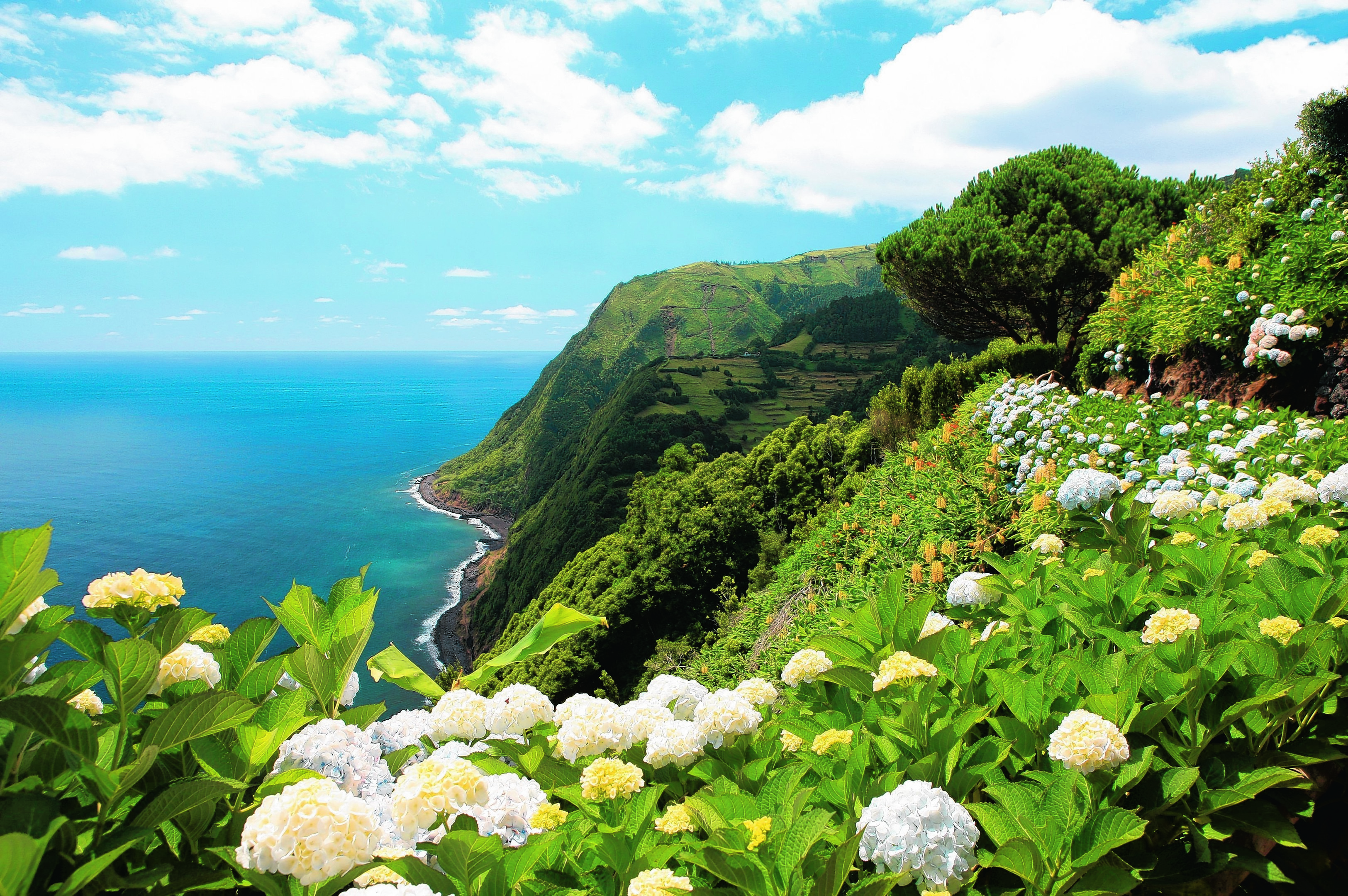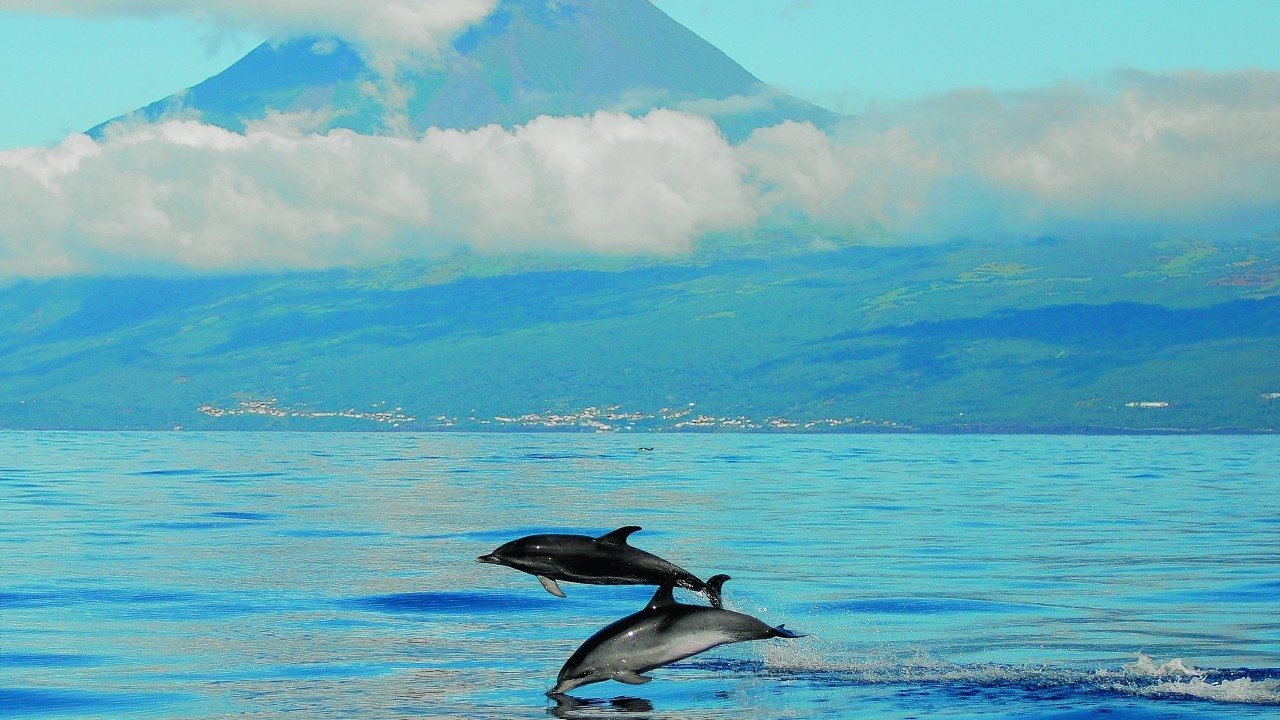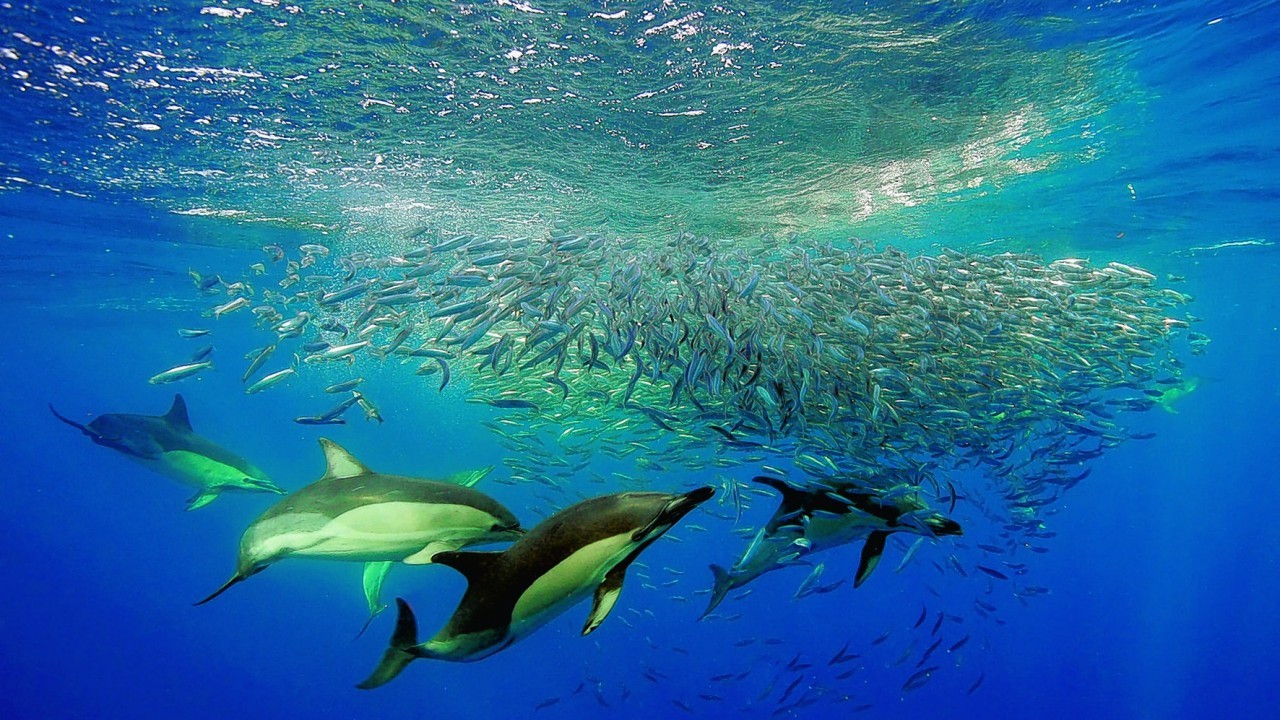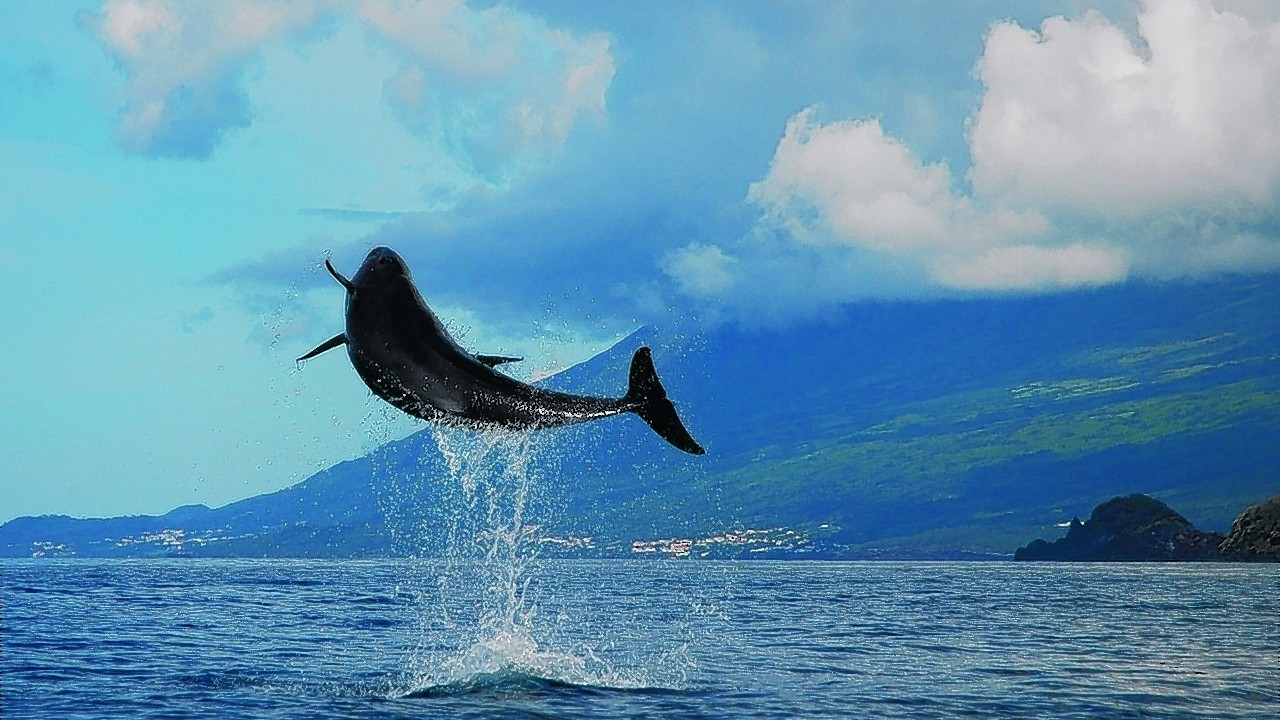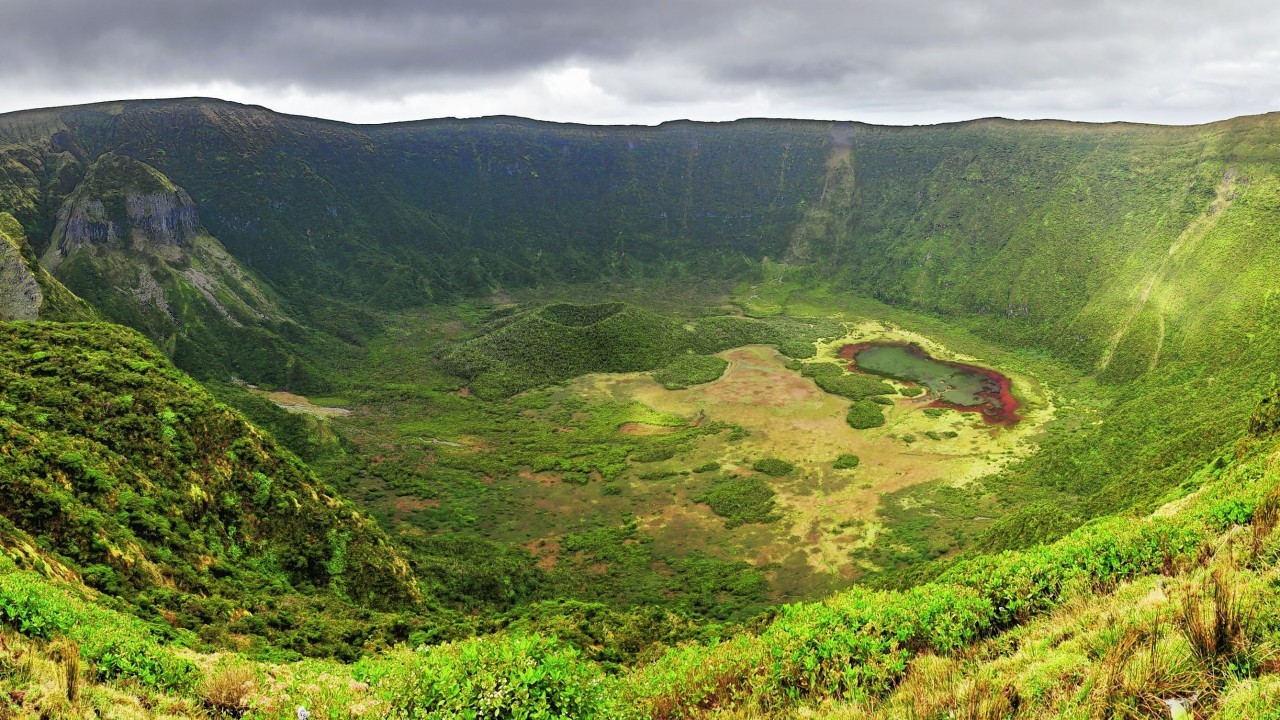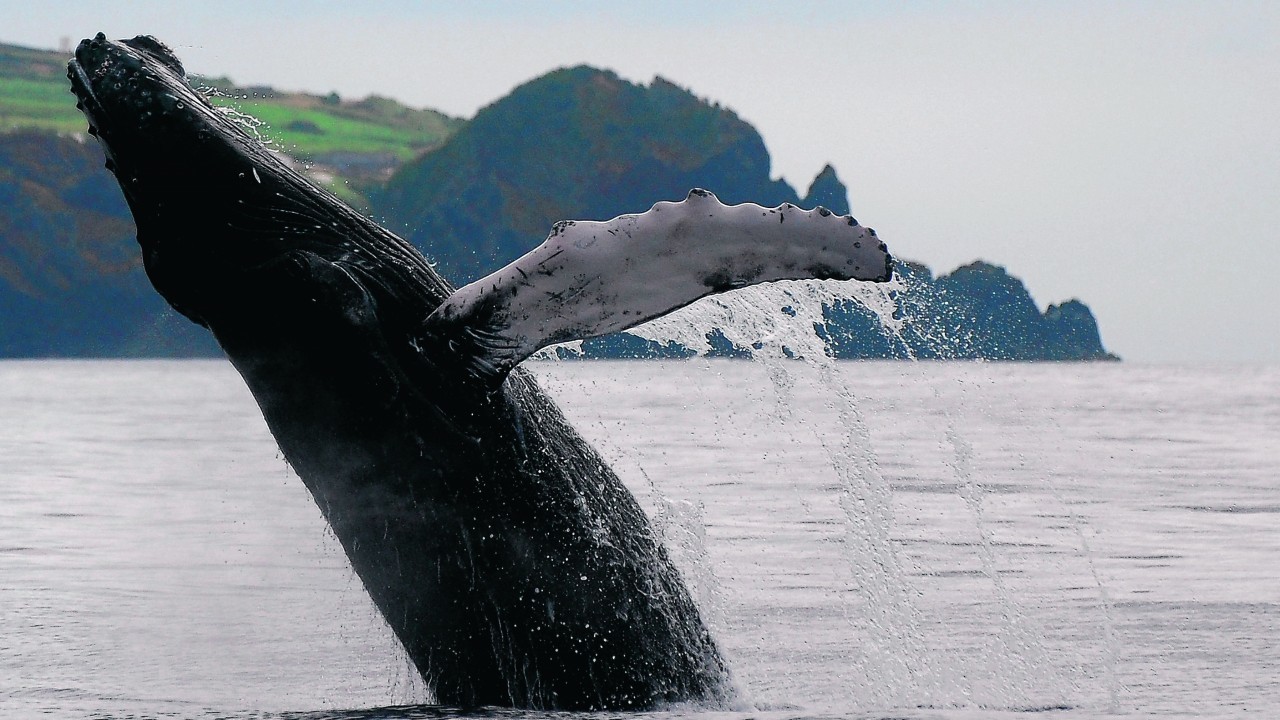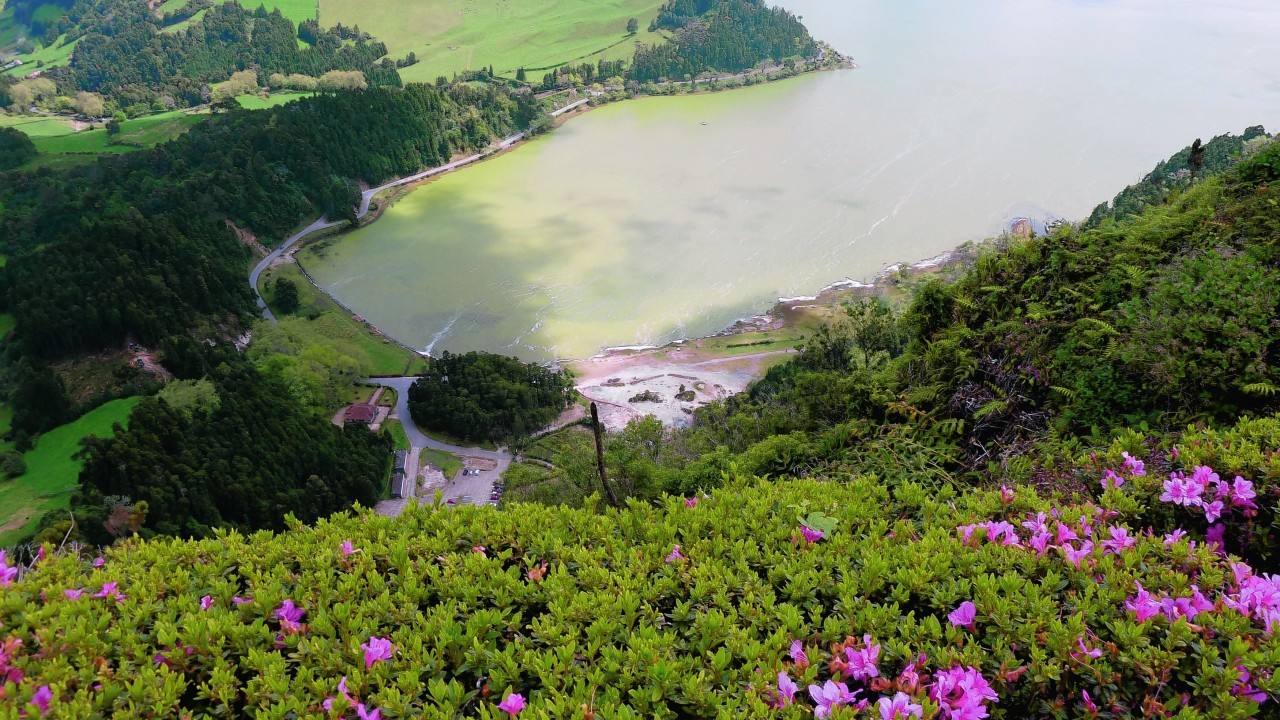Boom! I crash through an umpteenth wave, and my stomach lurches. Crash! My rigid inflatable boat (Rib) descends into a valley of mercurial spray, and ploughs on, slicing a path through the swell.
I’m not the first person to feel that sense of urgency in this part of the world, racing through the Azorean waves with fellow travellers in search of whales.
These Atlantic waters, more than 1,500 miles from the UK, were once the hunting ground for magnificent mammals of all shapes and sizes. Fishermen spent decades hunting those behemoths for their oil and meat, and that legacy is ever present in the Azores’ cafes, statues and artwork.
The whalers’ lives are charted in a series of museums scattered around the nine volcanic islands, such as Museu dos Baleeiros, an old whaling boat house-turned-whaling museum, and Museu da Industria Baleeira de Sao Roque do Pico, a former whaling factory.
They make for a compelling and, at times, disturbing experience, illustrating the controversial history of this industry on engraved bones (scrimshaw) and via props such as harpoon guns and boats.
These days, whale-hunting is a horrific prospect, not least because these creatures have been surfing on the shores of extinction for decades.
For the past 30 years, however, life in the islands – Pico, Santa Maria, Sao Miguel, Terceira, Graciosa, Sao Jorge, Faial, Flores and Corvo – has been rather different, partly because of those mighty whales who patrol its waters.
The last commercial whaling factory closed in 1984, and thankfully whale-watching boats have replaced fishermen’s barges.
Today, the whale is celebrated rather than hunted in this, the western-most part of Europe. In August, for example, Semana dos Baleeiros – a traditional Azorean festival on the island of Pico – will once more highlight the archipelago’s whale heritage.
It’s one of the world’s best regions for whale-spotting, as I realise when I visit.
I set off in a small Rib from Ponta Delgada (Sao Miguel island). Choppy waters, a small breakfast and a long trek have left my stomach doing back flips as we lurch up and down, and side to side.
That said, it’s worth every second of unease as the sights are glorious. Blue whales soak up the sun, saluting the skies with enormous flippers, showing off like red carpet celebrities for the cameras. I’m keen to capture every water spout and fin in all their glory.
We go out again, this time from Pico Island, for a gloriously different experience.
As we boom and crash from wave to wave, I soon start enjoying myself.
John Williams’ Jaws score is playing in my head as we speed from one sighting to the next.
Assorted whales spray jets like watery exclamation marks on the horizon, moist markers for our cameras.
A fellow traveller had been in the Azores for four days and this was already her fifth whale-sighting trip. I could see why. It’s addictive getting that elusive, perfect shot.
Of course, it’s not just whale-watching and swimming with dolphins that have helped turn the Azores into a must-see destination for travellers.
This scattering of islands boast the sort of stunning landscapes that would be at home in a James Bond film, whether because of vast basins of foliage, or the Mount Pico volcano, Portugal’s tallest mountain.
Given those epic, jaw-dropping vistas, it’s a wonder movie crews aren’t working around the clock, filming thrillers or sci-fi epics.
There’s something otherworldly about parts of the Azores; they’re alien without being alienating. Such sights include the volcanic vineyards: miles of cobbled enclosures, nurturing vines that draw minerals from the igneous rock spewed out centuries earlier.
Some of the resulting wine, such as Frei Gigante, is among the best I’ve sampled, especially with fish.
Azorean cheeses, like Sao Jorge and Isla, are also fabulous, and I enjoy two of the best steaks of my life. One I cook on a hot stone at the wondrous Sao Pedro Restaurant, Ponta Delgada, and the other at the beautifully designed Terra Nostra Garden Hotel in Furnas.
The latter is another of those destinations that once seen is never forgotten.
A 45-minute drive from Ponta Delgada, it features smoking geysers and “fumaroles” – volcanic fissures in the earth. Little wonder all that free energy is exploited by local hotels.
It’s a great gimmick bathing in a naturally heated, mineral rich pool, such as the one at the TNG Hotel (a personal favourite), or having your dinner cooked in a natural underground barbecue.
It creates happy memories, especially if you watch the process from the start of the cooking, to a few hours later when the cooked food is unearthed and brought to your plate.
And there’s no shortage of activities to enjoy on Sao Miguel alone, whether cycling round the lake at Furnas (a mostly flat seven-mile jaunt); emulating those I’m A Celebrity… moments under the thermal waterfall at the sublime Caldeira Velha (for a mere two euros), or canoeing at Sete Cidades – a watery expanse so glorious, it makes parts of the Lake District look mundane by comparison.
As well as absorbing many of the overland wonders, it’s also an exhilarating experience going underground to explore the lava tunnels at Gruta das Torres on Pico island.
This network of caves created when the molten landscape was cooling is a meditative marvel, especially when you emerge from an hour underground and the foliage pops like an over-saturated photo.
When the Azores islands were blasted into existence from underwater eruptions millennia ago (brilliantly described at Faial’s stunning Information Centre), they also helped form little worlds full of sparkling memories that linger long after you’ve put your passport away.
Getting there is relatively easy. You can fly from Heathrow via Lisbon, or Sata airlines offer one direct flight a week from Gatwick. Hopefully that will increase in future, as the Azores deserve a lot more attention, especially as you get a lot for your euro.
Kids and twentysomethings might prefer a holiday with theme parks and nightclubs. However, if you like something more offbeat, the Azores are a welcome break from the normal holiday, with the sort of life, experiences and landscapes that can recharge even the most exhausted battery.
THE HOLIDAY
Sunvil offers seven nights in the Azores on Sao Miguel Island from £638 per person. Price includes seven nights’ accommodation at the Hotel Vila Nova on a Bed & Breakfast basis, direct return flights from London Gatwick and airport transfers.
Sata International (0844 482 1678; www.sata.pt) operates direct flights from Gatwick to the Azores until October 18, 2014, from £339pp return (including taxes and charges). Sata International also offers the most comprehensive inter-island connections throughout the Azores archipelago, with prices starting from £46pp one-way (including taxes and charges) for inter-island flights.
For more information, visit www.VisitAzores.com
